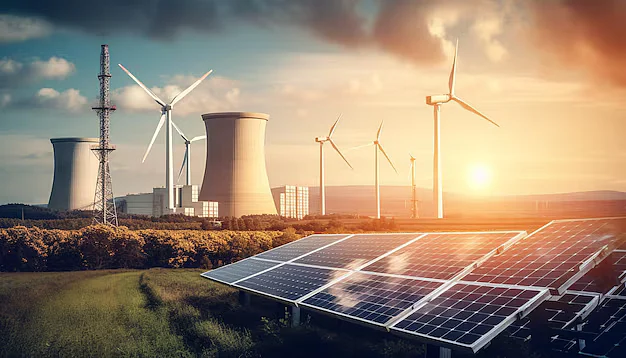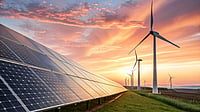The share of renewable energy except large hydropower in the total electricity generation has increased to 12.1% in FY24 from 5.96% in FY15 according to report titled Energy Statistics India 2025 released on March 25.
The gross generation of electricity from the renewable resources has reached 3,70,320 GWh during FY24 from an amount of 2,05,608 GWh in FY15, marking a 6.76% CAGR over a period of nine years.
The country’s installed renewable energy capacity crossed 210GW earlier this year, with the share of renewables in India’s total energy mix reaching almost 47%. Due to insufficient transmission infrastructure and energy storage systems, a significant portion of installed capacity remains unused.
Rising Electricity Consumption
The report released by the ministry of statistics and programme implementation also stated that the industrial sector was the largest consumer of electricity in FY24, accounting for 42% of total consumption, followed by the domestic sector at 24%, agriculture at 17% and commercial sectors at 8%.
Meanwhile, per capita energy consumption has increased by 25.4% to 18,410 megajoules per person in nearly a decade. Even with increasing share of renewable in India’s total energy mix, coal has remained the backbone of the country’s energy supply with nearly 79% of the total energy supplied domestically in the last financial year.
The report also suggested India’s increasing energy imports with crude oil dependency reaching 88.9% in FY24 from 83.5% in FY15 and natural gas imports surging to 46.6% from 35.6% over the same period. But coal import dependency declined to 25.9% from 28.7% 9 years ago.
To meet the increasing electricity demand and also to reduce the country’s import bill, it is essential for India to increase not only the installed capacity of renewables but also transmission connectivity and energy storage systems.



























